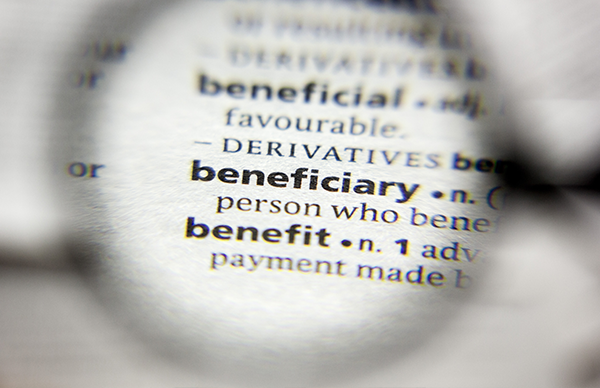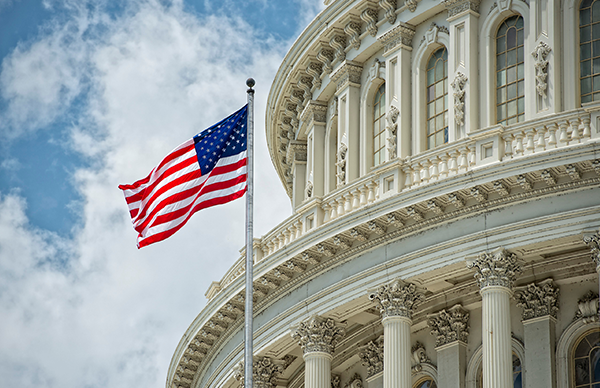Proper handling of employee 401(k) deferral contributions and loan repayments is one of the most important responsibilities a plan sponsor undertakes. Failure to timely deposit employee deferrals and participant loan repayments is considered by many service providers to be one of the most commonly made retirement plan errors. Although it may be a common error, the IRS and DOL consider timely deposits a top priority. If loan repayments and/or salary deferrals are deposited outside of the timeframe described below, the company is considered to have committed a “prohibited transaction” by being in possession of plan assets. The DOL treats this as a loan from the plan to the employer which is prohibited by law and requires a documented correction process.
What is the deadline to deposit employee deferrals and loan repayments?
Once withheld from the participant’s pay, deferrals and loan payments become plan assets as soon they can be “reasonably segregated” from the employer’s general accounts. As a result, employee deferrals must be deposited by the earlier of the date that the contributions can be reasonably segregated from the company’s general assets, or the 15th business day of the month following the month in which the pay date occurs.
For plans with fewer than 100 participants on the first day of the year, the DOL created a safe harbor standard that states that any deposits made within seven business days of a pay date are considered timely even if the deposits could have been made earlier. Unlike small plans, large plans cannot rely on the safe harbor deadline. For large plans, the DOL states that elective deferrals must be deposited “as soon as administratively feasible.” It is important to note that the DOL will often look at the actual deposit history when determining the deposit deadline and, if the company made deposits more quickly, will set that as the deadline for all other deposits. For example, if a company ever made a deposit within one or two days following a pay date, the DOL may take the position that all of the deposits should have been made within one or two days.
Was relief provided due to the COVID-19 pandemic?
On April 29, 2020, the DOL issued EBSA Disaster Relief Notice 2020-01 in response to the COVID-19 pandemic. The Notice provided guidance intended to relax the rules related to the required timeframe to deposit employee salary deferral contributions and loan repayments.
The Notice states that “the Department recognizes that some employers and service providers may not be able to forward participant payments and withholdings to employee pension benefit plans within prescribed timeframes during the period beginning on March 1, 2020 and ending on the 60th day following the announced end of the National Emergency. In such instances, the Department will not – solely on the basis of a failure attributable to the COVID-19 outbreak – take enforcement action with respect to a temporary delay in forwarding such payments or contributions to the plan. Employers and service providers must act reasonably, prudently, and in the interest of employees to comply as soon as administratively practicable under the circumstances.”
If an employer was unable to deposit elective deferral contributions timely “solely on the basis of a failure attributable to the COVID-19 outbreak,” it is important that documentation related to the late deposits (e.g., dates and amounts of each late deposit, names of affected participants, record of the specific situation(s) that resulted in the late deposits, etc.) is retained with the plan records in the event of an IRS or DOL plan audit.
What happens if deferrals were not deposited timely?
When employee deferrals are not deposited timely, there are two available correction methods. The error can be corrected under the IRS’ self-correction program, which allows plan sponsors to correct certain plan failures without contacting the IRS or paying a user fee, or by completing a filing through the DOL’s Voluntary Fiduciary Correction Program (VFCP). It is important to note that the DOL does not recognize self-correction for late deposits. However, in certain circumstances, the DOL may accept self-correction if the following steps have been completed.
- Determine which deposits were late and calculate lost investment earnings.
- Deposit any missed elective deferrals, along with lost earnings, into the trust.
- File Form 5330 with the IRS to pay an excise tax.
- Report the late deposits on the Form 5500.
- Review procedures and correct deficiencies that led to the late deposits.
What can be done to avoid late deposits in the future?
Plan sponsors can implement the following internal procedures to ensure that deferrals are deposited consistently.
- Establish a procedure requiring that elective deferrals be deposited with or after each payroll, subject to the terms of the plan document. If deferral deposits are late because of vacations or other disruptions, keep a record of why those deposits were late.
- Coordinate with your payroll provider to determine the earliest date you can reasonably make deferral deposits.
- Implement practices and procedures that you explain to new personnel to ensure that they know when deposits must be made.
As with many retirement plan compliance matters, the rules related to depositing employee deferrals and the related corrections are complex topics. If you have questions regarding the general rules or plan corrections outlined above or would like to discuss how these rules impact your plan, please contact your plan representative.
© 2021 Benefit Insights, LLC. All Rights Reserved.







